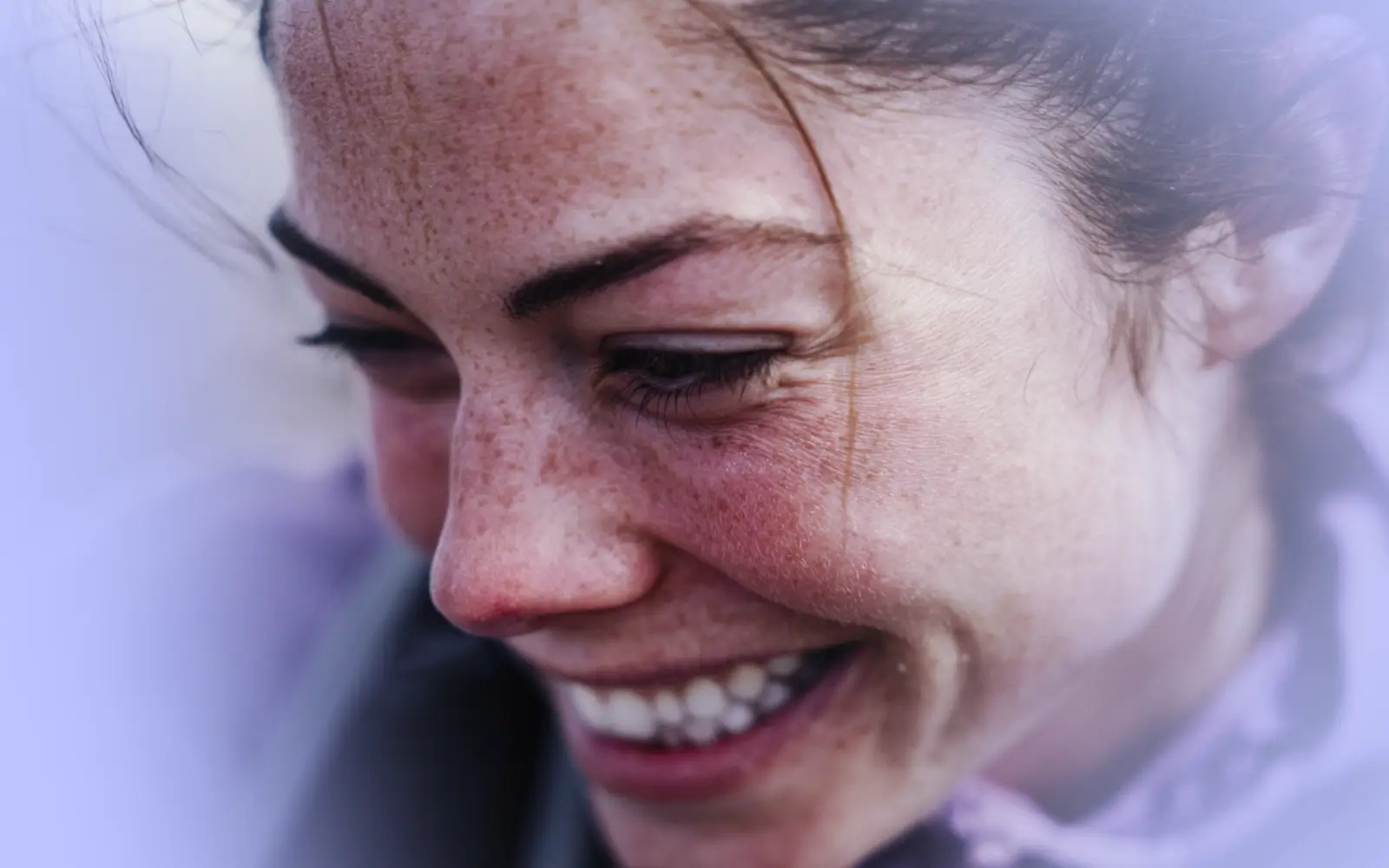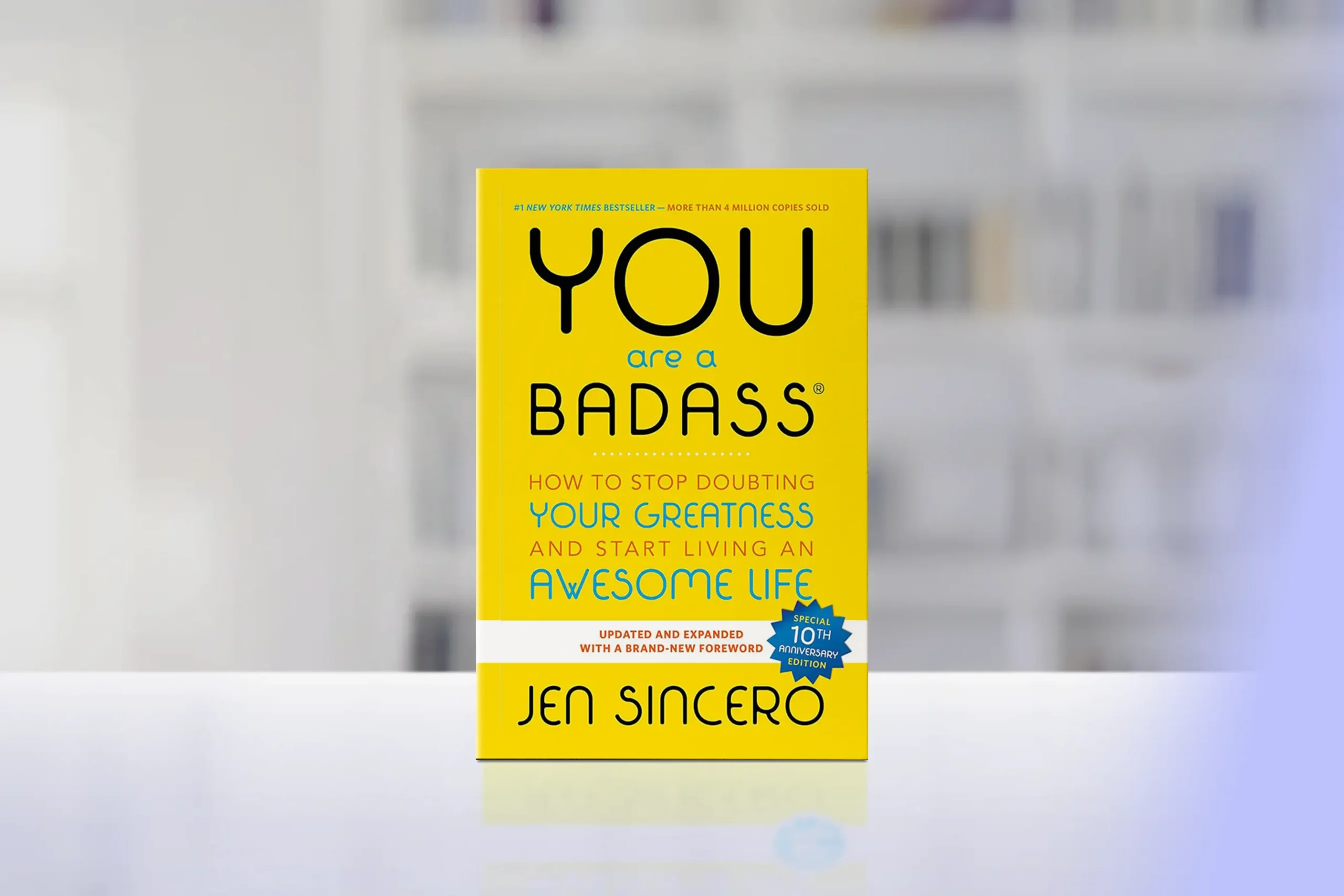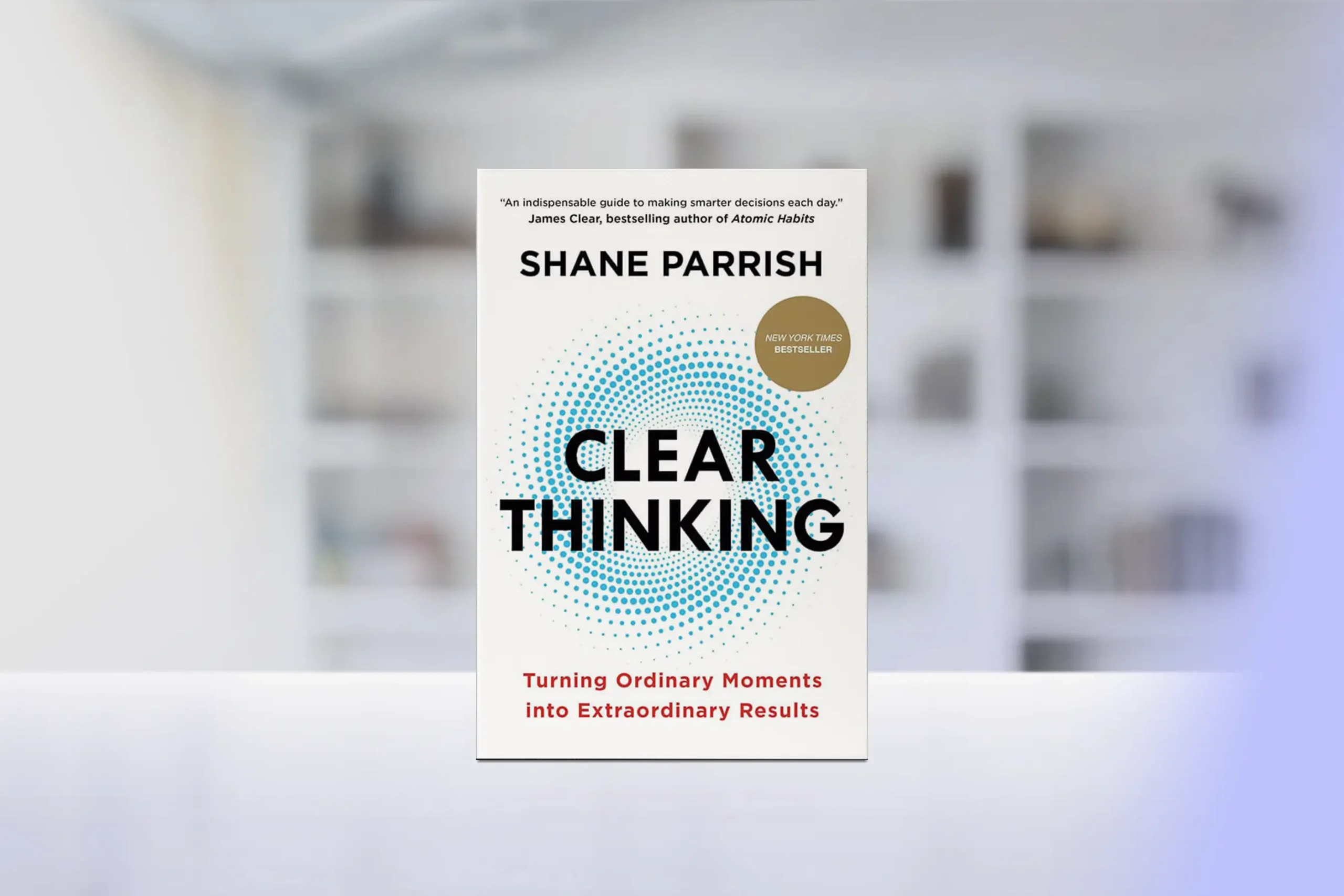Grit and perseverance aren’t about never falling—they’re about rising every single time you do. In a culture that celebrates overnight success and instant results, the real power lies in choosing to do hard things and staying with them. The path of difficulty isn’t punishment—it’s preparation. Doing hard things builds the resilience, character, and mental toughness that define who we become.
Inside this article:

1. Grit and Perseverance
I recently revisited Angela Duckworth’s Grit: The Power of Passion and Perseverance, and this time it touched me on a deeper level. Life’s repeated challenges taught me what the book couldn’t: grit isn’t a single heroic act. It’s the quiet, persistent choice to show up again and again—especially when no one is watching, on those unremarkable Tuesdays when progress feels invisible and every step seems ordinary.
While Duckworth defines grit as the combination of passion and perseverance, in my experience it wasn’t passion that carried me through—it was perseverance. Passion may have sparked the journey, but it was the daily decision to keep going, even when motivation waned, that truly made the difference.
Grit and perseverance work beautifully together. This combination of sustained determination and consistent effort toward long-term goals allows us to push through challenges, endure setbacks, and keep moving forward even when the path feels impossible. Together, these qualities form the foundation of personal growth that lasts.
Our world is designed for comfort—where algorithms anticipate our wants and apps deliver them in seconds. In this environment, the willingness to do hard things has become essential to developing genuine strength, purpose, and character. The ability to grow through adversity is what separates those who move forward from those who stay stuck.
Key Takeaway: Grit is built through repeated showing up, not one-time heroic effort. The capacity to embrace difficulty is essential for genuine character development and self-improvement.

2. Why We Avoid Hard Things
No one wakes up eager to be uncomfortable. Our brains naturally avoids hard things to conserve energy and keep us safe. The problem? It can’t distinguish between actual danger and the discomfort of learning something challenging—what psychology calls our threat-detection system working overtime.
Modern life amplifies this with one-click purchases, algorithmic ease, and friction removal everywhere. Research from the University of Virginia found that most people would rather experience mild electric shocks than sit alone with their thoughts for 15 minutes. We’ve become so conditioned to avoid discomfort that even boredom feels threatening, keeping us trapped in our comfort zone.
When we systematically avoid difficulty, we fundamentally weaken our capacity to handle life’s inevitable challenges and adversity:
- Resilience atrophies like muscles that weaken without use
- Patience evaporates when accustomed to instant results
- Problem-solving skills decline when algorithms solve problems before you recognize them
- Identity becomes fragile without the confidence that comes from overcoming fear and challenges
- Emotional strength diminishes when we never practice managing discomfort
The discomfort you’re avoiding isn’t the enemy—it’s often the very thing that helps you build resilience and bounce back from life’s challenges while developing true mental toughness.
Key Takeaway: Systematically avoiding hard things weakens resilience, patience, and problem-solving—the very capacities we need most for long-term wellbeing and personal success.

3. The Science Behind Grit
Angela Duckworth’s groundbreaking research revealed something surprising: Grit—defined as passion and perseverance for long-term goals—was a stronger predictor of achievement than measures of talent or IQ. In other words, consistency over time mattered more than raw ability. This psychology of success fundamentally challenges conventional wisdom about personal development.
Carol Dweck’s research on mindset provides the psychological foundation. Her work revealed that people hold one of two core beliefs about their abilities:
| Situation | Fixed Mindset Response | Growth Mindset Response |
|---|---|---|
| Facing difficulty | “I’m not good at this” | “I’m not good at this yet” |
| Encountering setbacks | Evidence of limitation | Feedback for improvement |
| Seeing others succeed | Threatening to self-worth | Proof of what’s possible |
| Receiving criticism | Personal attack | Valuable data to learn from |
| Expending effort | Admission of inability | Path to mastery |
This isn’t just theory—it’s physiology. Your brain physically changes in response to sustained effort through neuroplasticity, effectively providing resilience training at the neural level. Each time you push through difficulty, you’re strengthening neural pathways associated with grit and perseverance and mental toughness. Cultivating a growth mindset literally rewires your brain for self-improvement.
Key Takeaway: Grit and growth mindset are developable through sustained practice that rewires your brain. Long-term perseverance outperforms natural talent through compound improvements.

4. Building Grit: Practical Frameworks
Understanding grit and perseverance intellectually is one thing. Building it into your daily life for lasting personal development requires deliberate strategies and resilience training.
Duckworth’s Hard Thing Rule
Angela Duckworth implements what she calls “The Hard Thing Rule” in her own family—a practical approach to developing mental toughness:
Everyone must do a hard thing with three requirements:
- It must require daily deliberate practice
- You must finish what you begin (you can quit only at natural stopping points)
- You choose your hard thing yourself
This works by addressing key elements of grit development: consistency over time, commitment over feelings, and autonomy in choosing. It’s essentially self-discipline training disguised as personal choice.
Supporting Frameworks
Several complementary approaches create a comprehensive system for self-improvement and building grit and perseverance:
Getting Things Done (David Allen): Clear mental space by organizing commitments so your mind is free to focus on meaningful work. You can’t persist effectively when part of your brain is constantly tracking everything you’re not doing. This framework supports both motivation and mental toughness.
Atomic Habits (James Clear): Build systems that make persistence easier through identity-based habits, reducing friction, and the two-minute rule. Mastering habits transforms effort from heroic to sustainable, creating the foundation for lasting personal success through self-discipline.
Flow (Mihaly Csikszentmihalyi): When skill level and challenge level are perfectly matched, you enter an intrinsically rewarding state that sustains effort even when external motivation isn’t immediate. This psychology of optimal experience builds inner strength naturally.
Together, these create a growth framework for personal development:
- Choose your hard thing (Duckworth)
- Clear mental space (Allen)
- Build supporting habits (Clear)
- Find the flow zone (Csikszentmihalyi)
- Repeat daily
This framework acknowledges that doing hard things isn’t about raw willpower—it’s about deliberate structure that makes sustained perseverance possible. It’s simultaneously rigorous and compassionate, requiring genuine commitment while recognizing you need supporting systems for resilience training.
Key Takeaway: Building grit requires frameworks that support sustained effort: structure, cleared mental space, habit systems, and intrinsic engagement make doing hard things sustainable.

5. Practical Example: Training for a Half-Marathon
Imagine deciding to run a half-marathon when you’re not a runner. Week one feels amazing—new shoes, training app, excitement. Then week two hits: legs ache, 6 AM alarm, bed calling. This is where mental toughness, grit and perseverance, and self-discipline face their first real test.
Frameworks make the difference:
- The Hard Thing Rule: Committed until race day—no quitting on bad days. This builds perseverance through structure.
- GTD: Training scheduled, gear ready, commitments adjusted—removing friction when motivation is low.
- Atomic Habits: Identity shift to “I’m a runner,” habit stacking (“After brushing teeth, put on running clothes”), two-minute rule, visual tracking. These become your resilience training backbone.
- Flow: Progressive plan, varied routes, different run types—calibrating difficulty to maintain engagement while building emotional strength.
Six weeks in, something shifts. Running becomes normal. You get frustrated missing runs. What felt impossibly hard becomes manageable—not because running got easier, but because you built capacity through mastering self-discipline.
Race day arrives. Completing 21.1 km (13.1 miles) feels like achievement, but here’s what matters more: you proved you can commit to difficulty and finish. That capacity for grit and perseverance transfers to every future challenge, becoming a cornerstone of your personal growth.
Key Takeaway: The real reward isn’t the achievement but the expanded resilience, self-discipline, and inner strength that transfers to every future challenge.

6. The Value of Hard Things
Character is forged in the fire of sustained challenge and adversity. Research from the American Psychological Association confirms what ancient wisdom suggested: resilience is built, not born. Each experience of adversity you navigate successfully strengthens your capacity to handle future challenges—this is resilience training in action.
Here’s something that might surprise you about personal development: the specific hard thing you choose matters less than the commitment to choosing something difficult and seeing it through. Whether you train for a marathon, master an instrument, learn a language, or overcome personal fears—the growth patterns are remarkably similar. You’re developing the same underlying capacities for self-improvement:
- Ability to delay gratification
- Comfort with sustained discomfort and overcoming fear
- Confidence in your capacity to adapt
- Resilience when facing setbacks and adversity
- Patience with non-linear progress
- Identity as someone who finishes what they start
- Inner strength that supports all areas of life
These traits become part of who you are across your entire life, fueling both personal growth and personal success through grit and perseverance.
Key Takeaway: Character, resilience, and emotional strength are built through difficulty, not despite it—this transformation becomes the foundation for every future challenge.
Start Doing The Hard Things
You have a choice to make—daily.
You can design a life of maximum comfort, or deliberately choose hard things that step out of your comfort zone for genuine self-improvement. The first path offers short-term ease. The second builds long-term inner strength, resilience, and personal success.
Ease may comfort us, but it’s the hard things that define us.
Ready to build grit and perseverance in your own life? Start here:
- Choose your hard thing today—select one challenging pursuit requiring daily practice
- Step outside your comfort zone this week with one specific action
- Build a two-minute habit to reduce friction when motivation is low
- Create accountability by sharing your commitment with someone
- Track your consistency visually and reflect weekly on how you’re changing
Related articles
Building Resilience: Bouncing Back from Life’s Challenges
Develop the psychological strength to recover from setbacks and emerge stronger through evidence-based resilience training strategies.
Turning Inspiration Into Action: How to Achieve Your Goals
Bridge the gap between motivation and doing with practical frameworks that transform inspiration into consistent perseverance and personal success.
The Power of Momentum: How Small Wins Lead to Big Success
Discover how celebrating small victories creates unstoppable forward progress toward your most ambitious goals through habit formation and mindset shifts.
Further reading
“Grit: The Power of Passion and Perseverance” by Angela Duckworth
Discover the research-backed formula for achievement that values persistence over talent and reveals how passion sustains long-term effort and mental toughness.
“Atomic Habits” by James Clear
Master the art of building sustainable systems that make difficult pursuits easier through small, consistent changes that develop self-discipline and resilience.
“Getting Things Done” by David Allen
Clear mental clutter and create organizational systems that free your mind to focus on meaningful, challenging work that builds inner strength.
“Flow: The Psychology of Optimal Experience” by Mihaly Csikszentmihalyi
Learn how to achieve deep satisfaction and sustained motivation through complete engagement in meaningful activities that challenge your comfort zone.
“The Compound Effect” by Darren Hardy
Understand how small, consistent actions compound over time to create remarkable results and lasting transformation through perseverance and personal development.





